Imagine a woman so brilliant she graduated high school at fifteen, studied chemistry at NYU, and worked in a lab—then decided test tubes weren’t glamorous enough. Instead, she took the stage, embraced the spotlight, and became one of the most iconic performers of her time. That was Dorian Dennis—a woman who proved you don’t have to pick between brains and beauty.
Her life reads like a Hollywood script: gifted student by day, show-stopping entertainer by night. Except this wasn’t fiction. This was Dorian’s unapologetically bold reality.
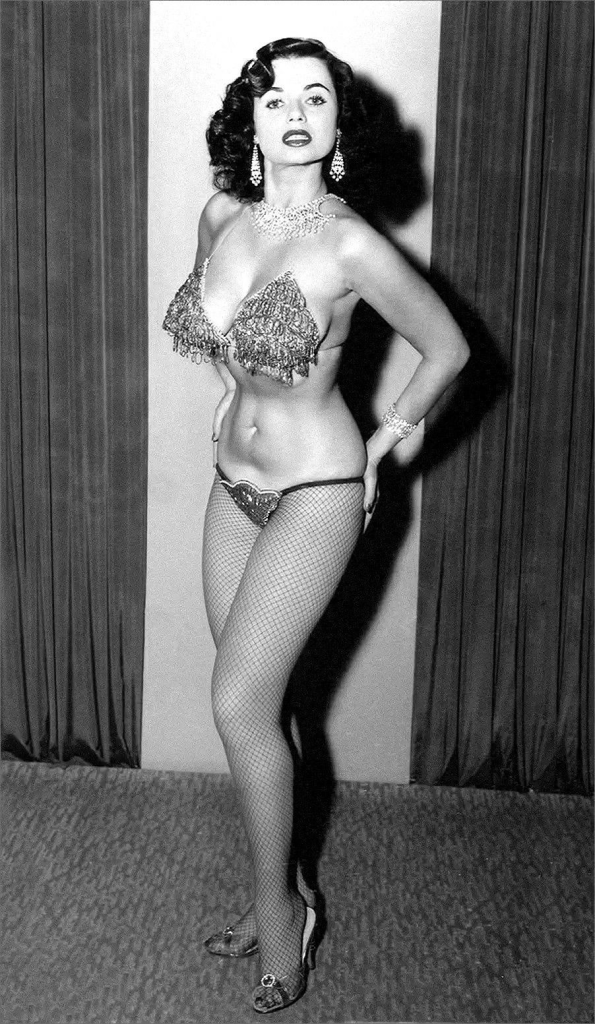
From Science Prodigy to Spotlight Seeker
Born in Brooklyn on August 19, 1923, Dorian Dennis was raised in a household that celebrated intellect. Both of her parents were pharmacists, and from a young age, Dorian excelled in academics. By fifteen, she had a high school diploma in hand and was already eyeing a career in medicine or scientific research.
She enrolled in New York University and graduated with a degree in chemistry—an impressive feat in an era when women were often nudged away from STEM fields. Her early ambition was noble: to pursue a future in the sciences, maybe even become a doctor. And for a while, she did just that—working in a New Jersey lab, immersed in formulas and beakers.
Video: Dorian Dennis vintage burlesque striptease 2
But something didn’t click.
The lab felt too quiet, too rigid. Dorian craved something more expressive, more alive. And when the lights of New York’s entertainment scene started calling, she answered with style.
Stepping Into Showbiz—And Making It Her Own
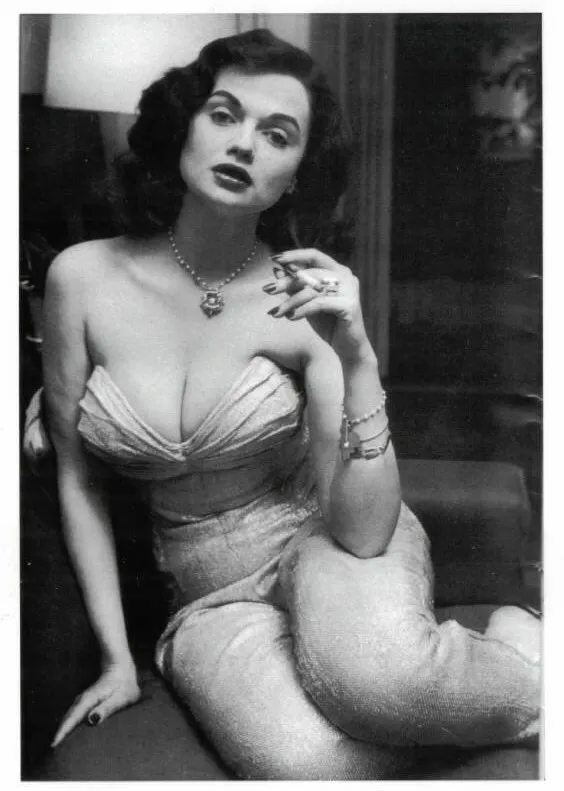
Her first stop in nightlife was behind the scenes—as a hat-check girl at the Havana-Madrid, a glittering New York nightclub. But it didn’t take long before the stage found her. She transitioned into a showgirl in Rhode Island, slowly discovering her presence could electrify a room.
Soon enough, she found her true calling in burlesque.
Under the stage names “Dee Dee” and “Double Dynamite”—a cheeky nod to her jaw-dropping figure—Dorian exploded onto the scene. But she wasn’t just another pretty face in feathers. Her performances were calculated, stylized, and smart. Each costume drop, each coy glance, was part of a theatrical rhythm that turned striptease into storytelling.
Headlining the Hottest Venues Around the Globe
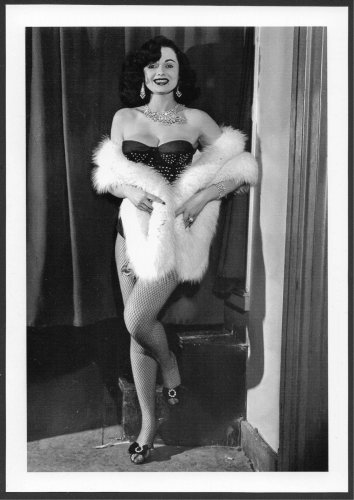
By the 1950s, Dorian Dennis had become a top-tier attraction. She toured extensively across North America and Europe, gracing stages in New York, Miami, London, and beyond. Whether it was Zorita’s Show Bar or the Paris burlesque house, Dorian was the main event.
Her shows weren’t just about skin—they were art. She designed many of her own beaded costumes, adding elegance to every reveal. She controlled her wardrobe the way a conductor leads an orchestra—everything fell into place at the perfect moment.
A Sensual Style That Balanced Class and Command
Video: Dorian Dennis vintage
Unlike many of her peers, Dorian didn’t lean into the “girl-next-door” image that dominated the pin-up scene. She was sultry, poised, and mysterious—more femme fatale than sweetheart. She once quipped, “You can have the ‘goody-and-sweet’ type. It’s the mean gal’s role that pays.”
And pay it did.
Her confidence made her unforgettable. She knew how to own the room without saying a word. She didn’t smile on cue—she smirked like she knew a secret you’d never hear. And that energy? It kept audiences mesmerized for over fifteen years.
More Than a Performer—A Cultural Force
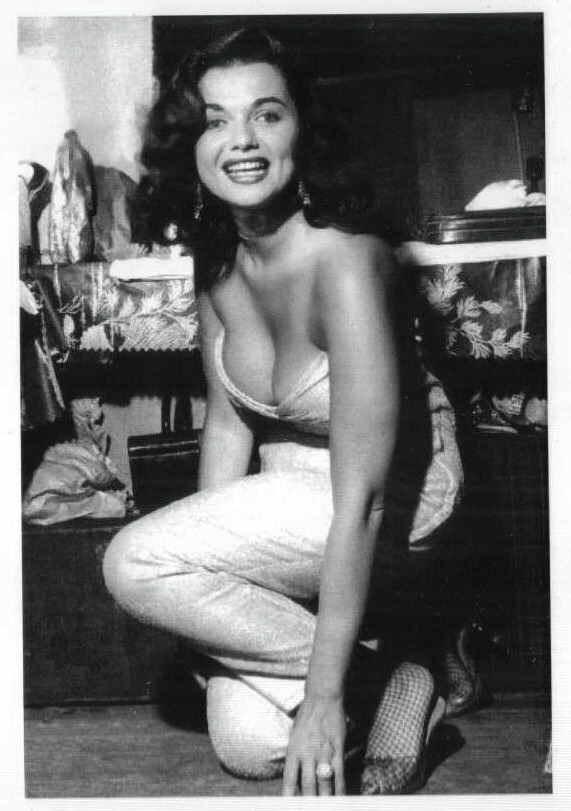
While dazzling on stage, Dorian also left her mark behind the camera. She became a favored model in men’s magazines and starred in tasteful film shorts by fetish photographer Irving Klaw. These weren’t sleazy productions—they were stylized, glamorous glimpses into the world of burlesque artistry.
She also drew praise from the press. Gossip columnist Lee Mortimer once called her a “mental wizard” and highlighted both her brains and breathtaking beauty. She was even name-dropped by famed journalist Dorothy Kilgallen, who acknowledged her role in the entertainment labor movement.
Dorian wasn’t just seen—she was heard, respected, and impossible to ignore.
A Career Built on Talent and Tenacity
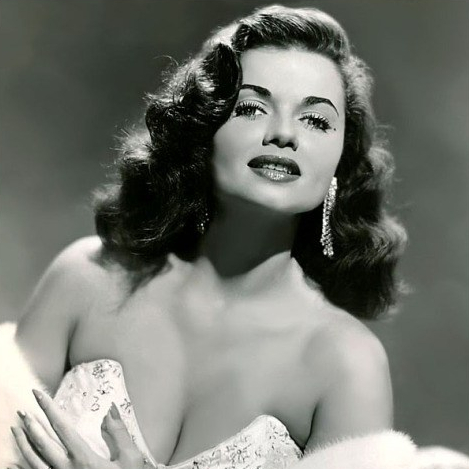
By the mid-20th century, Dorian had earned a place among America’s top exotic dancers, performing alongside legends like Blaze Starr and Tempest Storm. Under the management of Eddie Kaplan, she kept her image polished, her performances sharp, and her reputation intact.
What set her apart? The intelligence she brought to her craft. She calculated her every move—not just on stage, but in business. She branded herself long before branding was a buzzword. And she did it while maintaining grace and independence.
Retiring at the Peak, Remembered as a Legend
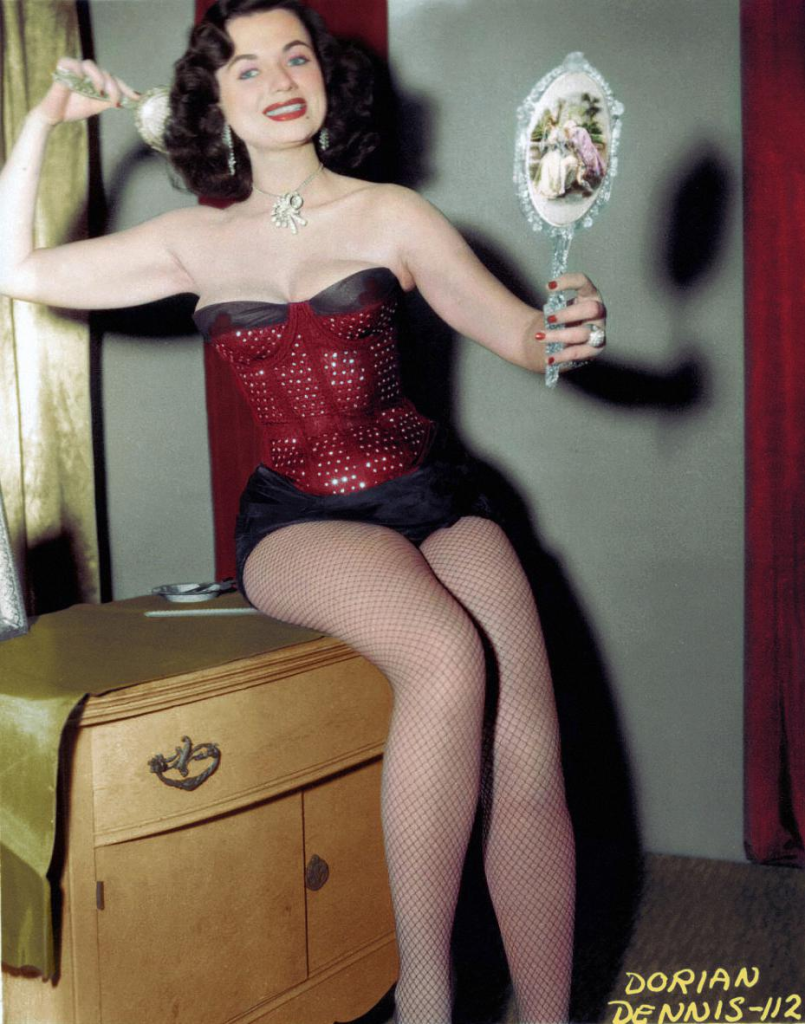
Dorian performed into the 1960s and officially retired in 1969. She had traveled the world, seen multiple eras unfold, and stayed relevant through it all. After retiring, she settled in Florida, where she remained a cherished figure in the Miami Beach performance community.
Sadly, her journey was cut short when she was diagnosed with cancer. She passed away on December 8, 1970, in Fort Lauderdale at just 47 years old. But even in her passing, her legend only grew.
She was buried at Hollywood Memorial Gardens East, a fitting final resting place for a woman who had mastered both Hollywood’s glam and New York’s grit.
Conclusion: A Story of Smart Rebellion and Fearless Expression
Dorian Dennis lived a life that defied expectations at every turn. She didn’t settle for being just a chemist or just a dancer. She chose both—and more. She was the rare woman who could quote scientific theories by day and captivate a nightclub by night.
She wasn’t trying to please the crowd. She commanded it.
Her life was a masterclass in reinvention, a reminder that brilliance comes in many forms—and that sometimes, the smartest move is the boldest one.
Today, her name still floats through burlesque history like glitter on velvet—timeless, sparkling, and unapologetically original. Dorian Dennis didn’t just dance. She dared.
And in doing so, she left a legacy that still shimmers with brilliance.


